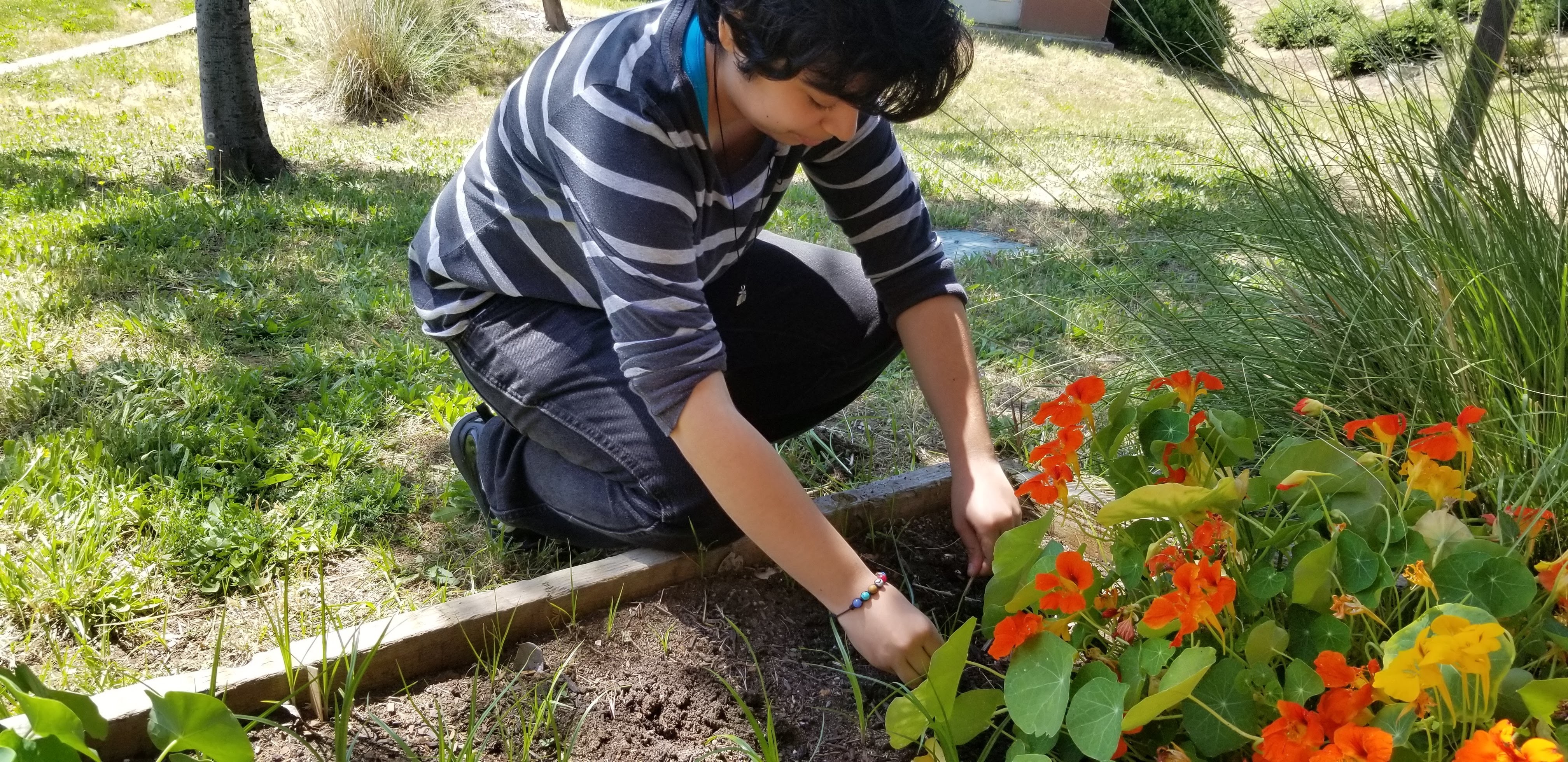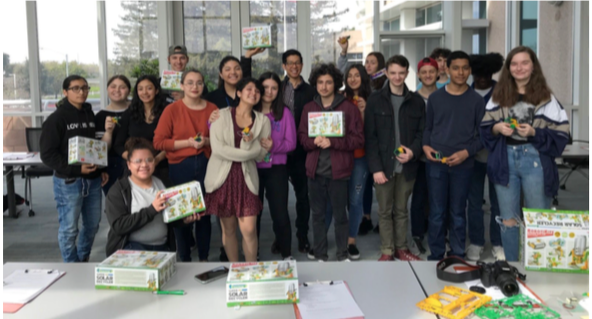2021, Sacramento, CA, USA
Grant High School Students Wendy Mora Cervantes and Cherish Jackson proposed a Caring for Our Watersheds project that was straightforward, yet had multiple benefits. With their tree planting project, they were able to plant several different species of trees which would provide shade, help reduce the heat- island effect in urban areas, absorb CO2, and sequester carbon. As the students were not on campus for most of the year due to COVID-19, they planted these in their own yards. This will actually help ensure the trees’ survival as the students will be able to access and care for them during the first several months as they get established. Not only a source of shade and fruit, but also a source of pride as Wendy and Cherish beautify their neighborhood and make a simple, positive addition to their environment. Caring for Our Watersheds funding helped purchase the trees, soil, and basic materials for planting and staking the new trees.








 2019, Sacramento, California, USA
2019, Sacramento, California, USA





